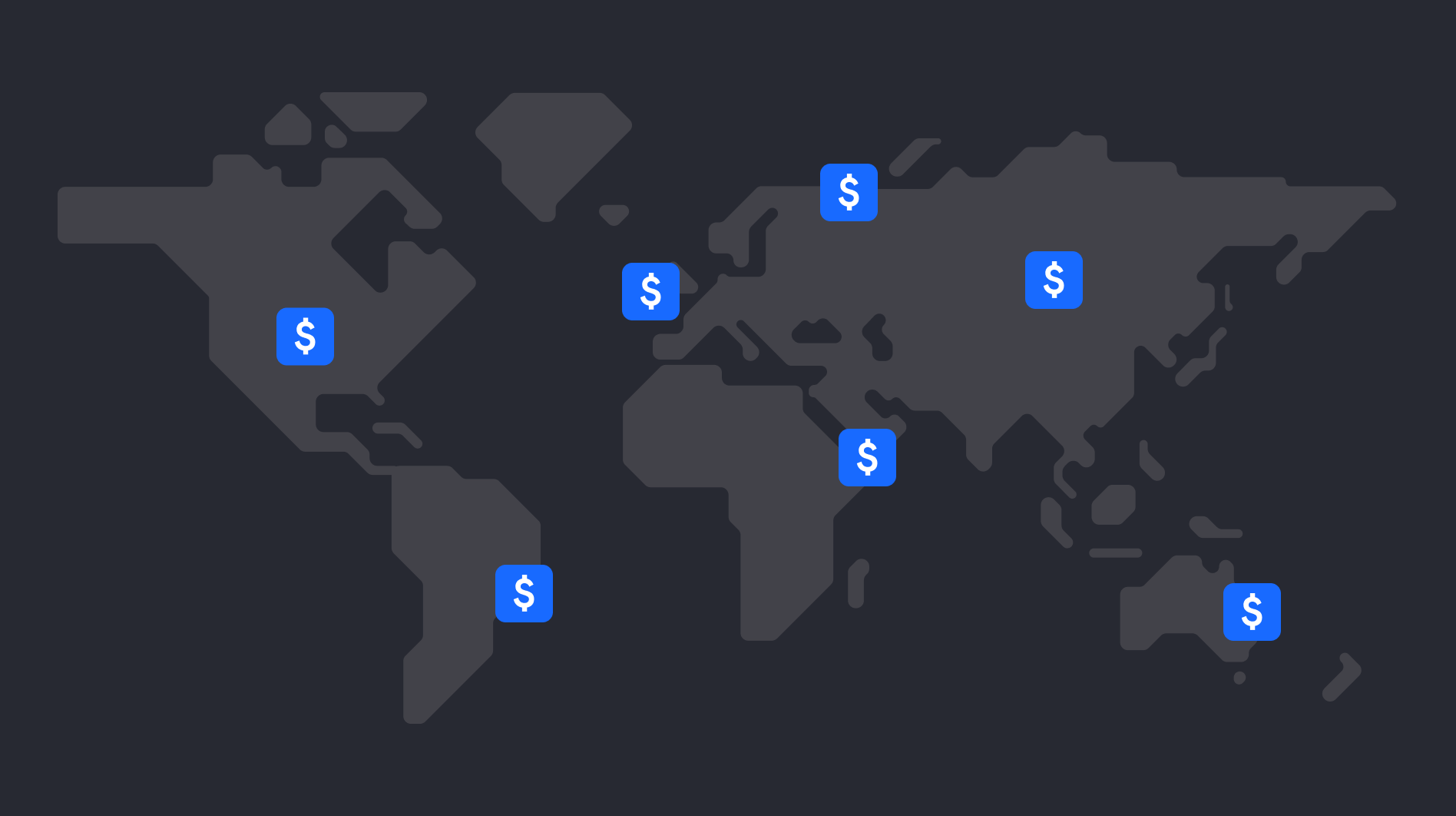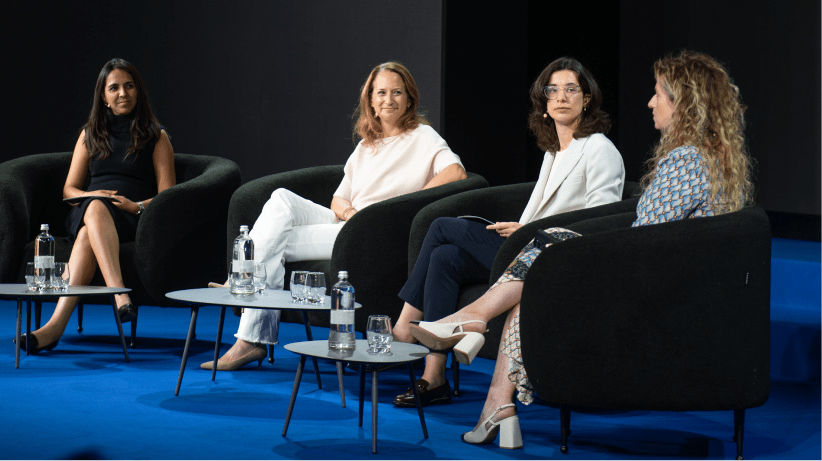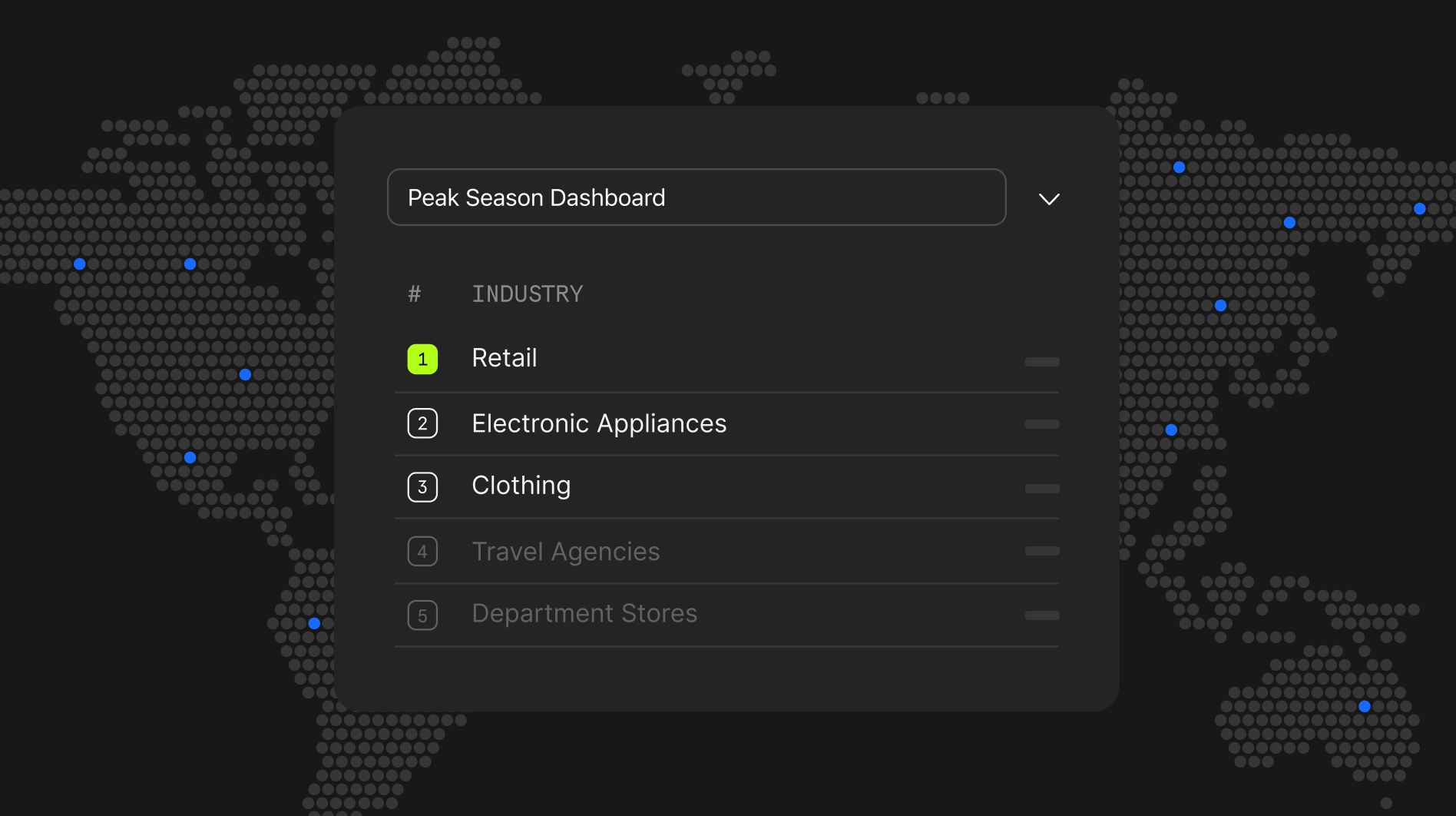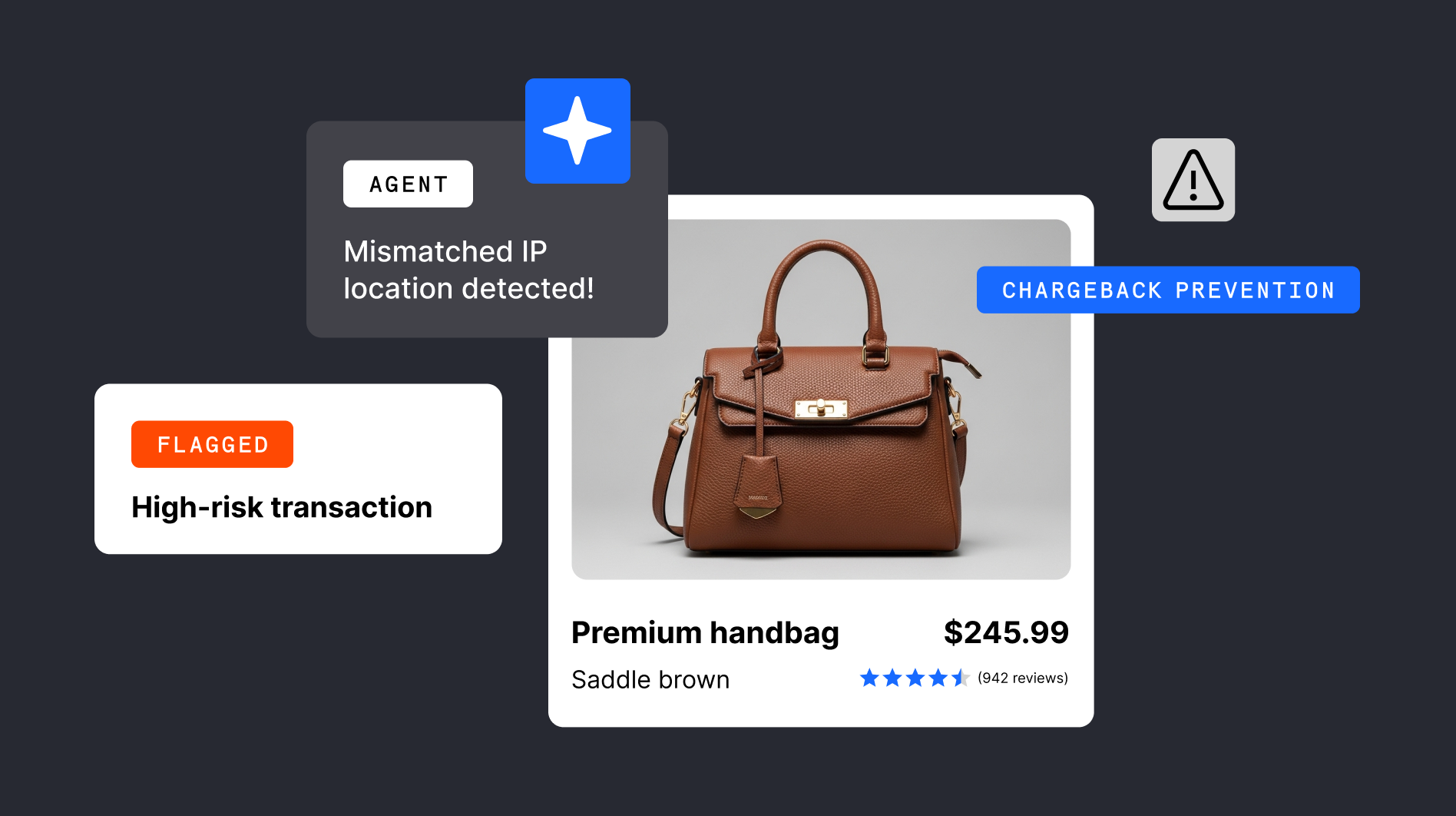The creator economy is booming.
In his excellent deep dive into the world of digital creators, Doug Shapiro estimated it was worth $250 billion globally in 2024. By 2027, it’s projected to nearly double to $480 billion. Not bad for an industry born on platforms that are barely out of their teens. YouTube turns 20 this year, and Spotify is just 19.
From fashion to fitness, recipes to rollercoaster reviews, creators are carving out careers doing what they love. And they’re doing it on their terms, thanks to the incredible digital platforms that have sprung up to support them.
Until now, advertising has been the main way for most creators and platforms to generate income. But as technology evolves and audiences grow more loyal and interactive, the balance is shifting. Commerce is emerging as the next big opportunity.
What is the creator economy and why has it grown so fast?
The creator economy refers to people making money by producing digital content – typically independently – on platforms like YouTube, Spotify, TikTok, Substack, and Twitch. They’re vloggers, streamers, artists, educators, influencers, and more.
Today, there’s a vast array of incredible platform businesses for creators to connect with audiences through a variety of content formats, such as:
- Image and video sharing (examples include YouTube, TikTok, Instagram, Pinterest)
- Gaming (Steam, Epic, Roblox)
- Livestreaming (Twitch)
- Patronage and subscription (Patreon)
- Music and podcasts (Spotify, SoundCloud)
- Writing (Medium, Substack)
And they are growing. Fast. YouTube is still the biggest in terms of users, and is actually the second most visited website in the world (after Google). But the likes of Instagram and TikTok are hot on its heels, with the growth of these platforms being driven by the breadth and depth of content created by their users.
It’s not just social media platforms where more creators are building business. In the gaming industry, platforms like Steam and Epic are seeing more titles created by independents. In its end-of-year letter, Patreon shared that creators have generated more than $8 billion in revenue since the platform launched in 2013 and that the platform has more than 10 million fans paying for memberships every month.
What’s behind the growth?
When YouTube began sharing revenue with creators in December 2007 with the launch of the YouTube Partner Program (YPP), the creator economy really began to take off. As more platforms launched, there were more new ways for people to create and earn.
Then the pandemic came, and things went stratospheric.
Since 2020, the number of full-time equivalent creators has grown five times faster than jobs in traditional media. According to data from the Interactive Advertising Bureau (IAB), creators are the fastest-growing job segment within the digital economy and account for more than 10% of all full-time internet-dependent jobs.
But while lockdowns are over, the growth is only just beginning. The creator economy continues to expand for three key reasons:
- The ease of content creation and distribution. Thanks to smartphones, editing apps, and the wide range of platforms with large user bases, almost anyone can become a creator and have a chance of connecting with an audience.
- The shift of advertising budgets to digital channels. Brands are increasingly targeting consumers through digital platforms. More opportunities to earn an income mean more of an incentive for people to jump into the world of content creation and have a go.
- The professionalization of the creator economy. From influencer marketing agencies to creator funds and business tools, the infrastructure is now in place to support long-term careers. This has also led to celebrities who made a name for themselves in the traditional media to break away and launch creator-led ventures of their own.
The result? What was once a side hustle for many is now a legitimate career path.
And the generation that is the driving force? Gen Z. According to our own Digital Economy Trust Index, nearly half of Gen Zs globally say they already earn income from the gig or creator economies.
When ‘influencer’ comes sixth in a list of UK children’s dream jobs, it’s clear this isn’t a temporary shift. The desire of the youngest generations to live off their interests and passions is real and here to stay.
A global movement
The creator economy isn’t just concentrated in the U.S. or Europe. It’s happening everywhere.
It’s actually Brazil where a greater percentage of the population (15%) earns income from content creation than anywhere else. This figure rises to 32% when we look solely at Gen Z.

The widespread availability of the internet and smartphones has enabled people all around the world to create and share content. The technology is more affordable. And perhaps, most significantly, platform businesses have done an incredible job of opening up their services to all markets.
Another interesting finding from our Trust Index research is that content creators all over the world are spending more money on luxury goods than any other group.

The hypothesis for this is that creators are purchasing products to feature in their content, to review and share their thoughts and opinions with their communities. Creators have become key players in helping consumers discover new products. Their recommendations are seen as more authentic, and often trusted more, than those provided by mainstream media outlets. And we are starting to see more examples of creators selling their favorite products directly to their audiences, being made possible by the latest platform innovations.
From views to sales
Digital advertising has undoubtedly been the driving force for the creator economy to date. And in return, creators are powering the growth of the entire digital advertising industry. According to WPP Media, more than 50% of all content-driven advertising revenue will come from user-generated platforms in 2025. The report also predicts that creators will generate $184.9bn in revenue globally this year, up 20% in 2024.
There’s no denying that platforms will continue to grow ad revenue. But for creators, there are some limitations to this monetization model. The main one being that to generate large amounts of income, you need an exponentially larger number of views, plays, or streams.
It’s not just generating volume that is making things harder. Platforms like TikTok and YouTube (specifically its Shorts feature) have seen short-form content rise in popularity. The short nature of this makes it harder to monetize via digital advertising. Audiences won’t sit through an advert before a video that’s just a few seconds. In the short-form world, ads become more fragmented, making the revenue harder to share with creators.
Niche topics can also struggle under the ad model. Even with loyal followings, creators with specialized interests often can’t attract high-paying advertisers or generate enough views to make it possible to dedicate time to content creation.
Influencer.com’s Creator Perspectives 2025 report reveals that for most creators, their content is still their side hustle. Only 12% of creators produce content full-time, and within the highest performing creators, only 25% of them rely on it as their primary income source.
Commerce offers a more direct path to income
To generate $100,000 from digital advertising, you need to drive a lot of engagement. In terms of YouTube views, it’s definitely going to run into the millions. Selling 1,000 products at $100 each may be a more achievable way for many creators to generate the same amount of revenue.
Creators are embracing this path. Platforms like TikTok Shop are leading the way by embedding commerce into the creator experience. We’re seeing more and more examples of people recommending products for their audiences to purchase, and helping them to do so.
According to Influencer.com, “advertising has shifted toward interactive, shoppable formats that seamlessly integrate into consumer experiences. [...] Social platforms are leading this trend, with creators playing a vital role in driving engagement and inspiring action.” And influencer marketing can turn “every interaction into a seamless opportunity for commerce.”
Affiliate links, a popular source of passive income for creators, allow creators to earn commission from any sales made via tracked links they share. They’re a low-effort, low-risk, low-barrier-to-entry form of monetization.
Creators are also increasingly launching their own product lines and selling these directly to their communities. KSI’s Prime drinks were an early example of this in the UK. There have been countless examples of TikTok creators all around the world launching products and going viral. Everything from new beauty products to creative shade solutions for solo beach goers. Again, all made possible by the incredible platform businesses enabling creators and fans to connect.
An alternative form of commerce for creators is to make their content the product by putting it behind a subscription-based paywall on platforms like Patreon and Substack. The monthly billing models these platforms support help creators earn a more predictable, recurring income from the “sale” of their content.
Commerce helps diversify a creator’s income portfolio, protecting it if one revenue stream dips (e.g., due to algorithm changes or advertiser pullback). It also allows creators to keep more of the value they create for themselves.
What will the creator economy look like in the AI era?
We’ve already started a new chapter for content creation, but generative AI is now rewriting the rulebook entirely.
AI tools are making it faster and easier to produce high-quality videos, music, writing, and art. This will expand the pool of creators and allow existing ones to scale their output like never before. But it will also increase competition for attention and ad dollars.
As a result, commerce will become an even more attractive option to both platforms and creators. In a world where AI-fueled content floods the internet, the ability to build loyal communities and sell directly to them may become the best path to income.
Some industry voices have expressed concern over the threat AI poses to creators. AI influencers are making waves in an already saturated market – computer-generated characters like Lu do Magalu and Lil Miquela have 7.3 million and 2.4 million Instagram followers respectively.
At SXSW 2025 in London, in a panel titled “Who owns your brand?”, CEO of Edelman – Julian Payne – interviewed creator and Influencer.com co-founder Caspar Lee, and Head of External Communications at BT Consumer Phy Adjei McCarthy. Caspar shared, “People follow creators online because they trust them. They follow them for their specific thoughts and opinions. The top 1000 creators are humans, not AI. Creators with a personality will always be the first choice over AI for brands.”
AI agents and micro-transactions
While generative AI represents a challenge on the creation side, agentic commerce could be the key to unlocking what has long been seen as one of the best methods for directly monetizing online content. Micro-transactions.
As AI agents begin to act on our behalf, can they make micro-transactions to unlock premium content in real time?
In his recent article (The Agentic Web and Original Sin), Ben Thompson argues that AI agents are the innovation that will make this possible. Agents may be able to autonomously execute micro-transactions – as low as a few fractions of a cent – to unlock articles, videos, or specialized data, creating a per-interaction revenue stream with minimal friction for the consumer.
Cloudflare's pay per crawl is the latest exciting idea in this space and could allow publishers, platforms and creators to charge LLMs to access their content.
For creators, all this innovation could translate into monetizing their work in new ways. Embedding commerce at the smallest scale and reshaping how content is valued and exchanged.
What’s Checkout.com’s role in the creator economy?
At Checkout.com, we power payments for the digital economy. Increasingly, this is becoming the creator economy.
We are the invisible engine behind some of the world’s leading platform businesses, ensuring creators get paid fast and securely all around the world. Whether it’s monetizing content or selling products, we’re here to help it happen.
As the creator economy shifts toward commerce, we’re proud to support the incredible platform businesses that enable people to thrive and earn income doing what they love.















.png)
